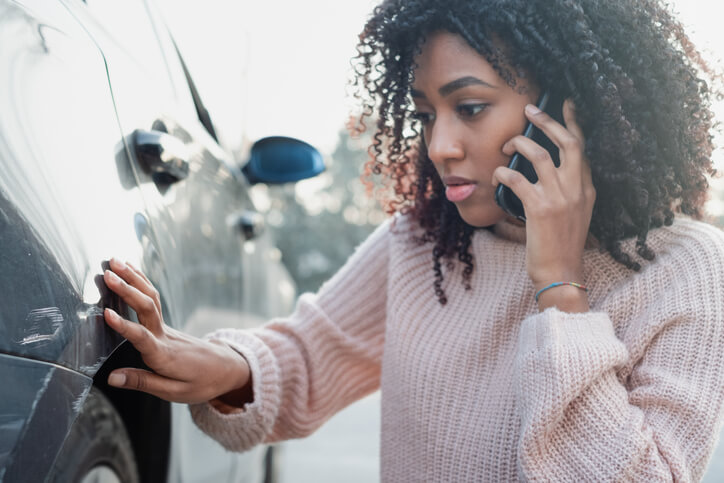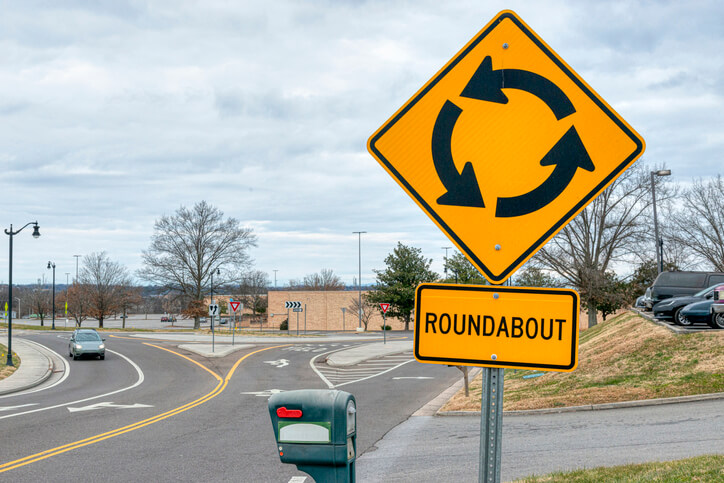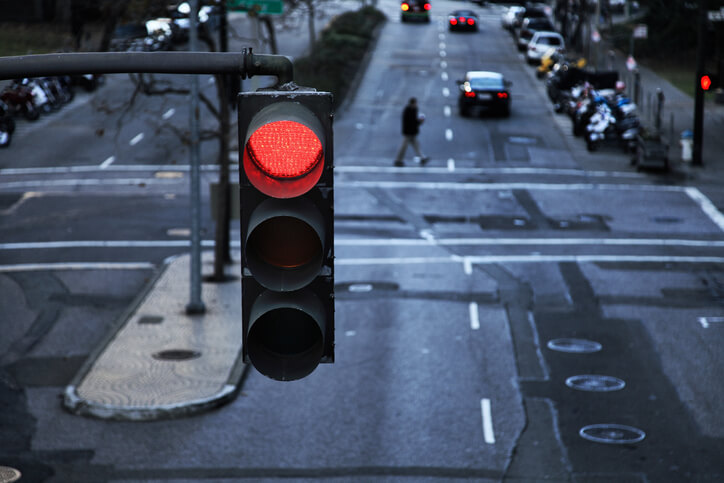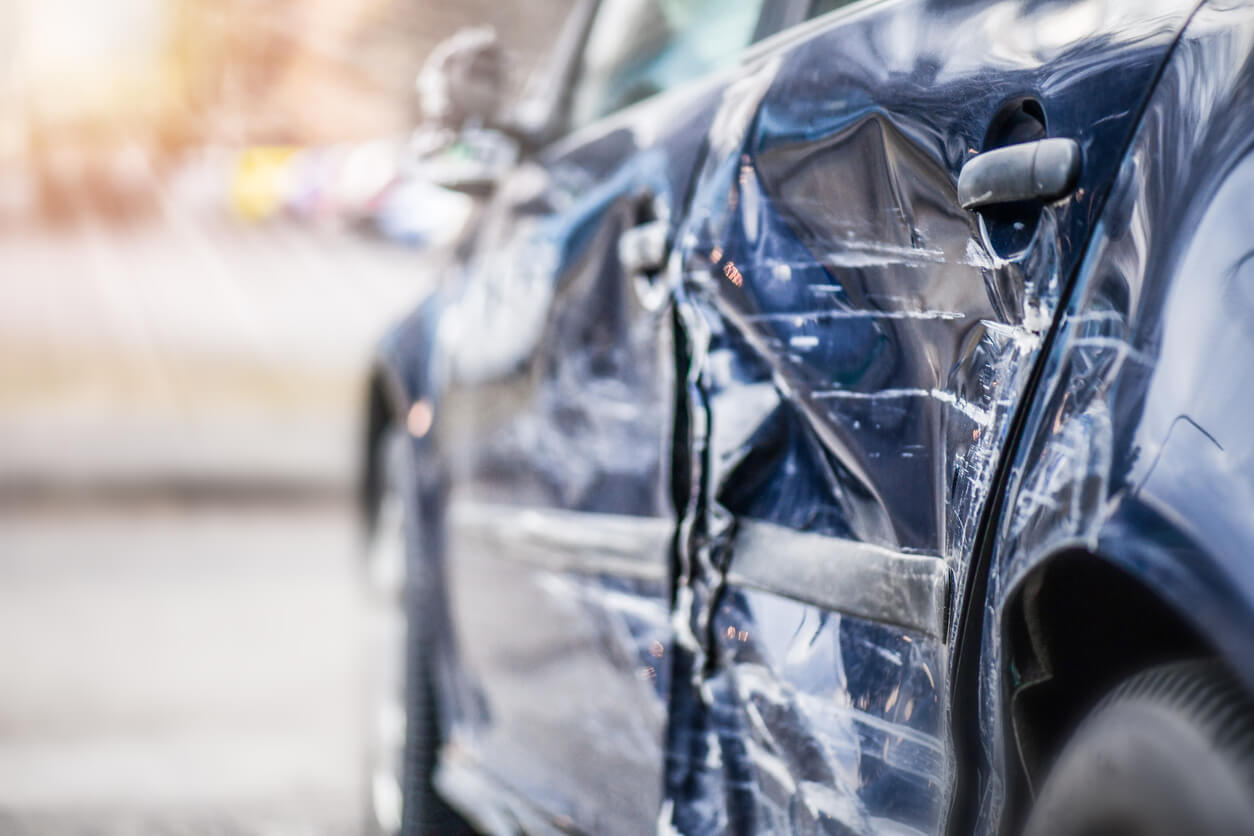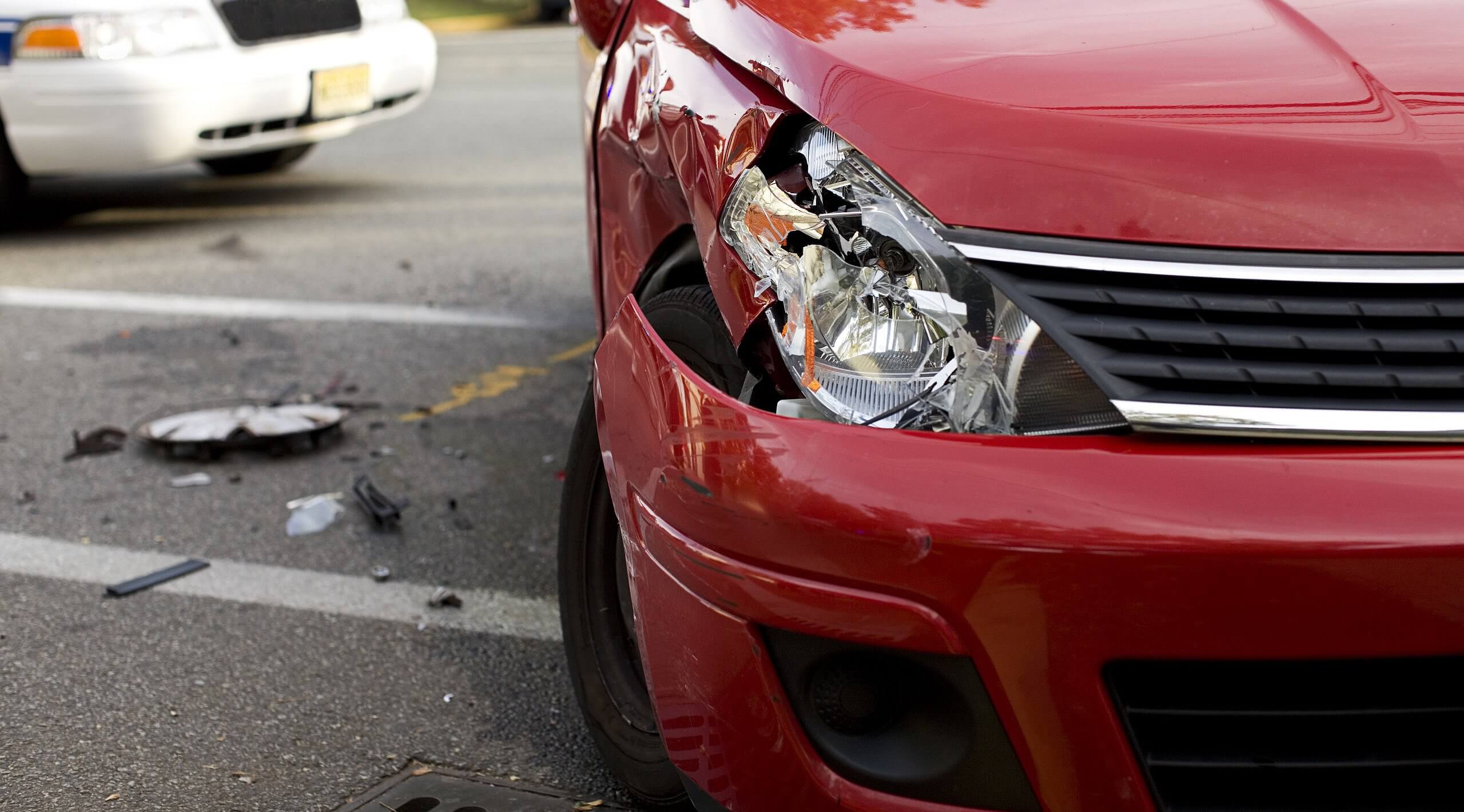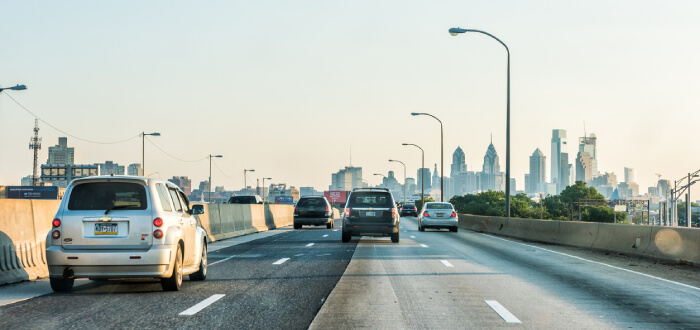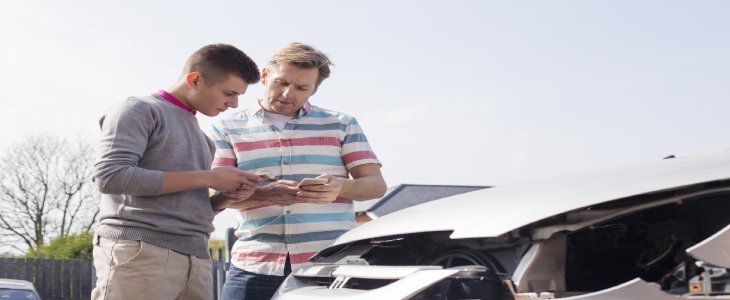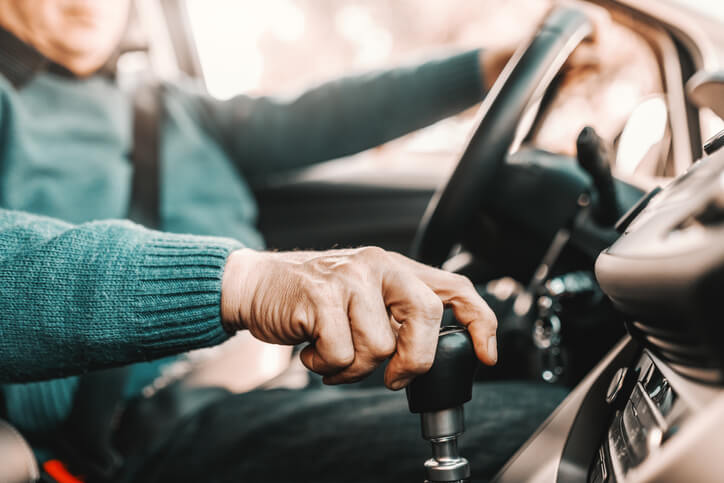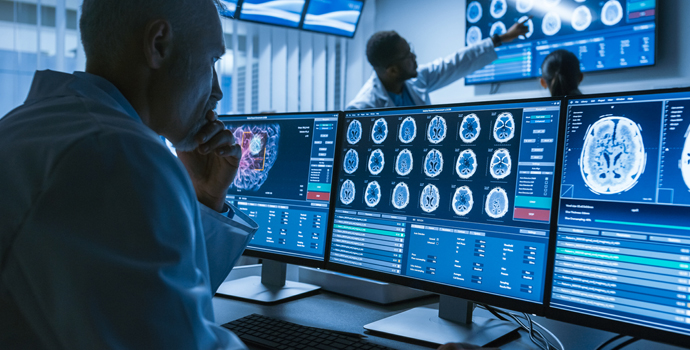In most cases, an accident will involve multiple vehicles. Sometimes, however, single-car accidents do occur. You may think that with just one vehicle involved, liability is clear enough. Afterall, one car means there is only one possibility for who is at fault. As in all personal injury situations, things are rarely so simple. Even in single-car accidents, liability is a fact-specific inquiry and will require a detailed analysis of the facts and circumstances of that particular case.
Is the Driver Always at Fault in a Single-Car Accident?
You may have swerved to avoid a squirrel in the roadway. Perhaps you lost control of your vehicle after hitting a deep pothole. These scenarios can all too easily end with the vehicle hitting a building, pole, or other obstructions near a roadway. Single-car accidents can still result in serious damage and can leave vehicle occupants with serious injuries. You are also likely to have a million questions running through your head. Will your insurance cover this? Am I at fault?
Yes, you may be held to be at fault for a single-car accident. If it was your negligence that was the cause of the accident, you will be held liable for the resulting damage. If someone else’s negligence was the cause of the accident, however, they may be the party to carry the fault and would be liable for any damages that resulted from the accident.
Some single-car accidents, for instance, are the result of vehicle defects. Faulty brakes may have caused a driver to be unable to brake in time to avoid collision. Poor wheel alignment may have led to the vehicle being unsafe to operate. If a single-car accident was the result of a vehicle defect, then the vehicle manufacturer or designer may be at fault for the accident and a product liability lawsuit may allow you to recover the damages you have sustained. In a product liability lawsuit, you may pursue damages against the vehicle designer, if there was a problem with the vehicle’s design. Alternatively, you may be able to pursue damages against the vehicle manufacturer if the vehicle was designed properly but a flaw in the way it was made caused it to be dangerous.
A single-car accident may also be the result of improper roadway maintenance or design. Poorly designed roadways or roadways that have been improperly maintained can be dangerous and lead to accidents, single-car accidents included. If your single-car accident was the result of a failure to maintain the roadways or a poorly designed road, you may be able to hold a local government entity responsible for the resulting accident damages. Whoever was responsible for the road design or maintenance may be found to be liable for the accident.
There are also those single-car accidents that are referred to as “unavoidable” accidents. These are the accidents where a motorist swerved or quickly reacted to something like a pedestrian or a bicyclist unexpectedly entering the roadway because they were acting negligently. When a single-car accident is the result of a motorist having to quickly respond to the negligent actions of a cyclist or a pedestrian, then the cyclist or pedestrian may be at-fault for the accident.
Philadelphia Personal Injury Attorneys
If you have been injured in an accident, reach out to the dedicated personal injury team at Cooper, Schall & Levy. We will help evaluate the potential avenues for monetary recovery and fight for you every step of the way. Contact us today.

